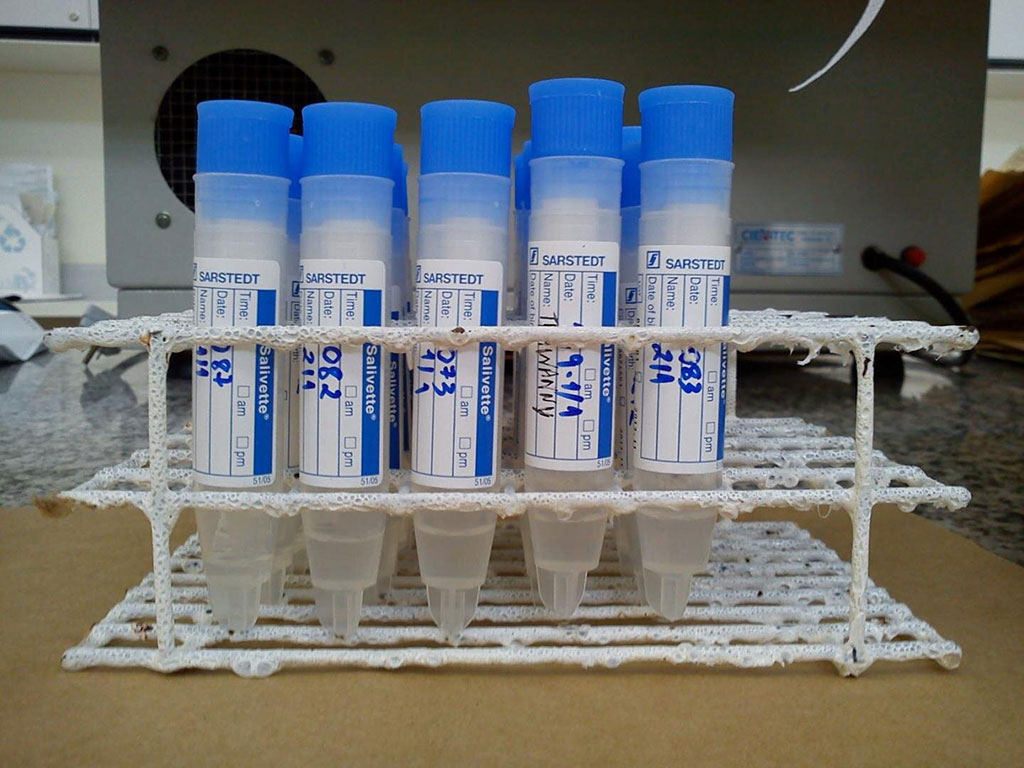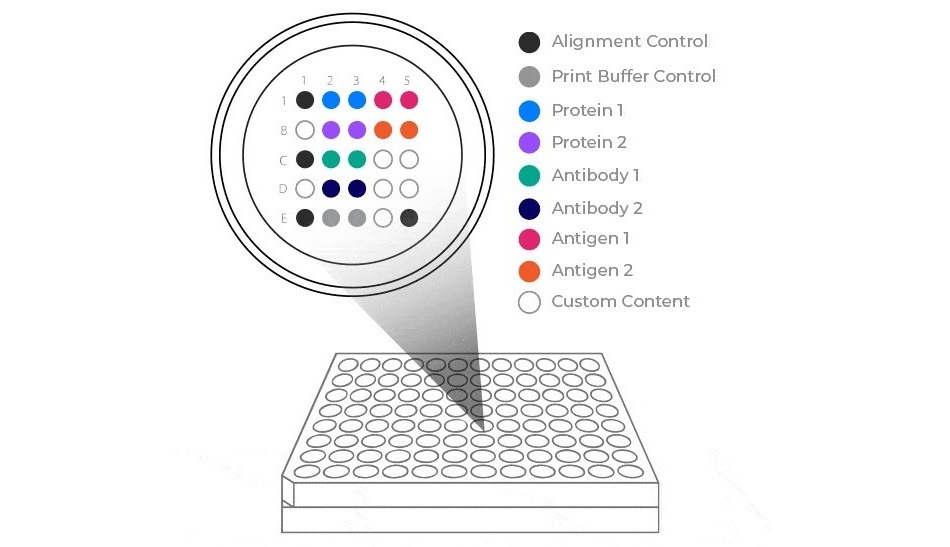Uric Acid in Saliva Is a Biomarker for Body Fat Accumulation in Adolescents
By LabMedica International staff writers
Posted on 24 Feb 2020
The noninvasive measurement of uric acid in saliva has been shown to be an important marker of body fat accumulation in adolescents, which demonstrates the clinical relevance of saliva for detection of early metabolic changes and monitoring of nutritional status.Posted on 24 Feb 2020
Uric acid is the end-product of the metabolic breakdown of purines, which are nitrogenous bases in DNA and RNA. It accumulates in the blood and, at much lower concentrations, in the saliva. Although uric acid acts as an antioxidant, when levels become too high in the blood and saliva owing to dysregulated purine degradation, it can lead to a predisposition to develop hypertension, inflammation, and cardiovascular disease.

Image: The level of uric acid in saliva is a good indicator of body fat percentage in a study designed to identify reliable biomarkers that can be used to develop quick non-invasive tests for early detection of chronic diseases ((Photo courtesy of Dr. Paula Midori Castelo, Federal University of São Paulo)
Investigators at the Federal University of São Paulo (Brazil) and the University of Campinas (Brazil) hypothesized that saliva could provide reliable markers – such as uric acid – able to predict accumulation of body fat in young subjects.
To test this theory, the investigators determined the salivary characteristics of 248 adolescent students (119 girls, 129 boys; 14-17 years of age). Potential participants in the study underwent oral examination to identify those with cavities and/or periodontal disease. Such subjects were excluded from the study, since cavities and periodontal disease are known to influence salivary parameters such as pH, electrolytic composition, and biochemistry. Physical examination of the subjects included height, weight, and body fat percentage (%BF) measured using bioelectric impedance to classify groups as being below or above the %BF cutoff level.
Saliva samples collected at home following a 12-hour fast were assayed by high-performance liquid chromatography (HPLC) for levels of uric acid, cholesterol, 7-ketocholesterol, and 25-hydroxyvitamin D2 and D3 and other metabolites.
Results revealed no significant difference in the levels of 25-hydroxyvitamin D2 and D3, cholesterol, 7-ketocholesterol, phosphorus, calcium, and urea between groups above and below the %BF cutoff, and the variation in salivary flow was small. In contrast, significant gender and group effects were observed for salivary uric acid, which was increased in adolescents with higher %BF and in males (compared to females). Gender showed a significant effect on salivary urea, with lower levels in females.
"The idea is to enable saliva to be more widely used as an alternative biological sample for clinical analysis. The advantage of saliva is that it can be collected several times noninvasively and painlessly, like urine. The study showed the level of salivary uric acid to be a good predictor of body fat percentage even in adolescents considered healthy," said senior author Dr. Paula Midori Castelo, associate professor of biological sciences at the Federal University of São Paulo.
The salivary uric acid study was published in the February 2020 issue of the journal Nutrition Research.
Related Links:
Federal University of São Paulo
University of Campinas







 assay.jpg)





